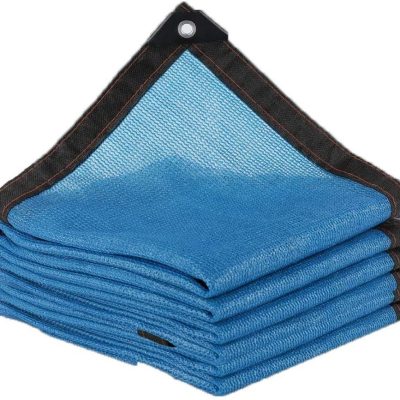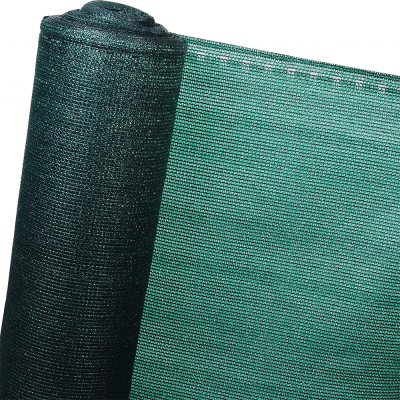Agriculture nets play a crucial role in crop protection by providing a physical barrier against pests, insects, birds, and other environmental factors that can damage crops. Here is an essential guide to understanding the role of agriculture nets in crop protection:
- Pest Exclusion: Agriculture nets act as a barrier to prevent pests and insects from accessing crops. They create a physical barrier that blocks insects, such as aphids, whiteflies, and caterpillars, from reaching the plants. This reduces the risk of crop damage and helps maintain the health and productivity of the plants.
- Bird Protection: Birds can cause significant damage to crops by feeding on fruits, vegetables, and seeds. Agriculture nets, especially bird netting, effectively deter birds from accessing crops, protecting them from pecking, eating, or damaging the produce.
- UV Protection: Some agriculture nets are designed to filter out harmful ultraviolet (UV) rays from the sun. Excessive exposure to UV radiation can harm plants by causing sunburn, leaf scorching, or premature aging. UV-protective nets help mitigate these effects and promote healthy plant growth.
- Wind and Hail Protection: Agriculture nets, particularly windbreak and hail netting, provide protection against strong winds and hailstorms. These nets act as a shield, reducing the impact of wind gusts and minimizing the damage caused by hailstones, such as bruising or breakage of plant stems, leaves, or fruits.
- Microclimate Management: Some agriculture nets, such as shade nets, help manage the microclimate around crops. They provide shade, reducing the intensity of sunlight and heat, which can be beneficial for sensitive plants or during hot weather conditions. Shade nets also aid in water retention by reducing evaporation.
- Disease Prevention: Certain agriculture nets, like insect-proof or disease-resistant nets, create a physical barrier that prevents the entry of pathogens or disease-carrying insects. This helps reduce the risk of crop diseases caused by airborne pathogens, such as fungal spores or viruses.
- Pollination Enhancement: In some cases, agriculture nets can be used to enhance pollination by excluding unwanted insects or facilitating controlled pollination. For example, in seed production or hybridization, nets can be used to prevent cross-pollination between different varieties or to protect specific pollinators.
- Climate Adaptation: Agriculture nets can assist in climate adaptation by providing protection against extreme weather conditions. They offer shelter from temperature fluctuations, frost, or excessive rainfall, allowing crops to thrive in adverse conditions.
When selecting agriculture nets for crop protection, consider factors such as mesh size, material durability, UV stability, and specific requirements of the crops you are growing. Proper installation and maintenance of the nets are essential to ensure their effectiveness and longevity.
It’s important to note that agriculture nets should be used in conjunction with other integrated pest management practices, such as crop rotation, proper sanitation, and regular monitoring. This comprehensive approach to crop protection can help minimize damage and optimize yield while reducing the reliance on chemical pesticides.
Always follow the manufacturer’s guidelines and best practices for installing and using agriculture nets to ensure their maximum effectiveness and to promote sustainable and environmentally friendly crop production.








